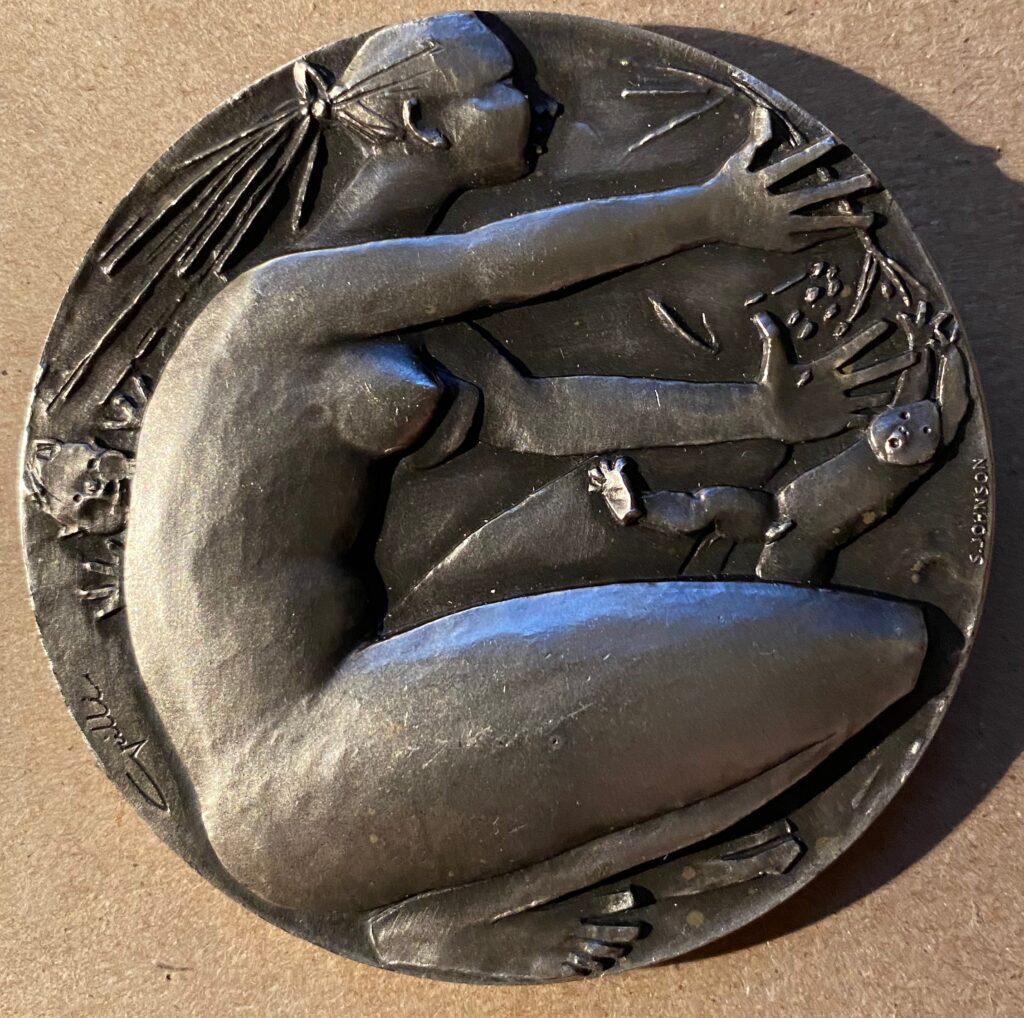Post-

“Post-” is part of the collection Indigenizing What It Means to Be Human. Read the introduction to the collection here.
—For my daughter
Angyaqciq, angyaqciqa, pardon my reluctance
to secure you to
shore. Born in the long season
of rain and still
drier than deserts
we make our rivers
wind and whine to sea.
I have no means to move you
higher ground can only offer you
waters promised to rise.
I cannot promise safe harbor
ARK, steel my chest each new annual
thousand-year-event horizon.
You took your time
to look my way. Rightly so. I did want to keep you
asleep under arms.
I’ll say it: you are a product of my insatiable
want.
What became of the crow after the flood,
unwilling harbinger? I am no green mother
another body hopes to float
as though good will alone could save us.

























